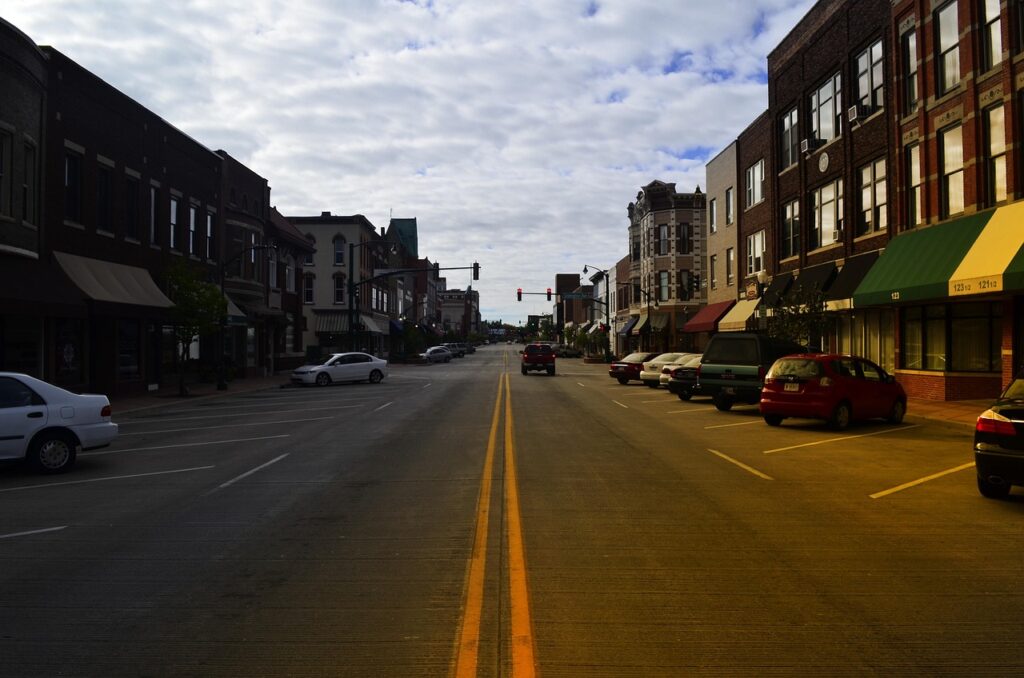In the vast landscape of the United States, small towns often embody the heart and soul of American life. While large cities like New York and Los Angeles dominate the headlines, it’s the tiniest towns that offer unique stories, rich histories, and a sense of community that is hard to find elsewhere. This article explores some of the smallest towns in America, highlighting their distinctive features and the charm that makes them special.
Notable Examples of the Smallest Towns
Buford, Wyoming
Buford, Wyoming, is often cited as one of the smallest towns in America, boasting a population of just one resident. This town, located along Interstate 80, was once a bustling railroad stop. Today, it is primarily known for its lone inhabitant and the Buford Trading Post, which offers a few essential services to travelers. The town’s unique status has made it a point of interest for those curious about the extremes of small-town living.
Monowi, Nebraska
Monowi, Nebraska, is another fascinating example. With a population of just one, Monowi is the only incorporated town in the United States with a single resident. Elsie Eiler, the town’s mayor, maintains the community’s operations, including the local library and tavern. Monowi thrives on its quirky charm and is a testament to the resilience of small towns, showcasing how one person can keep a place alive with spirit and determination.
Life in Small Towns

Life in the smallest towns in America can be both rewarding and challenging. The close-knit community often fosters a strong sense of belonging, where residents participate in local events and support one another. However, the limited population can also mean fewer amenities and services, which may require residents to travel to nearby larger towns for basic needs.
Community Engagement
In small towns, community engagement is vital. Residents often come together for town meetings, seasonal festivals, and volunteer efforts. These events not only strengthen bonds among residents but also create a vibrant culture that reflects the values and traditions of the town. The shared experiences contribute to a unique identity that sets each small town apart.
Challenges of Small Town Livin
Despite the charm, living in a small town can present challenges. Limited access to healthcare, education, and employment opportunities can be significant drawbacks. Residents may need to travel long distances for specialized services or higher education. Additionally, younger generations often migrate to urban areas in search of better opportunities, leading to concerns about the sustainability of these small communities.
Preserving the Legacy of Small Towns

As urbanization continues to expand, many small towns face the risk of fading into obscurity. However, efforts are being made to preserve their legacies. Local governments and organizations are working to promote tourism, enhance infrastructure, and support local businesses. Initiatives aimed at revitalizing these communities often focus on highlighting their unique histories and attractions.
Tourism and Economic Development
Tourism can be a lifeline for small towns, providing essential revenue and increasing awareness of their unique offerings. Many towns capitalize on their historical significance, natural beauty, or unique local events to attract visitors. This influx of tourism can help sustain the local economy and encourage the development of small businesses, such as restaurants, shops, and accommodations.
Engaging the Younger Generation
To combat the trend of younger residents leaving for cities, some towns are actively engaging younger generations by promoting entrepreneurship and remote work opportunities. By fostering a supportive environment for startups and remote workers, small towns can create new avenues for growth and sustainability. This approach not only helps retain residents but also attracts newcomers looking for a different lifestyle.
The Future of Small Towns in America

The future of America’s smallest towns is uncertain, yet filled with potential. As society becomes increasingly interconnected through technology, small towns can leverage these advancements to enhance their appeal. The rise of remote work allows individuals to live in picturesque, serene environments while maintaining their careers. This trend could breathe new life into small towns, encouraging a new wave of residents seeking a slower pace of life.
Embracing Change
Adaptability will be crucial for the survival of small towns. Embracing change while retaining their unique identities will allow these communities to thrive. By focusing on sustainable practices, supporting local economies, and fostering community spirit, small towns can continue to be vibrant places that offer a rich quality of life.
Celebrating Diversity
As small towns evolve, celebrating diversity within these communities will be essential. Encouraging inclusivity and welcoming new residents from different backgrounds can enrich the cultural tapestry of small towns. This diversity can lead to innovative ideas and solutions that enhance the overall quality of life for all residents.
In conclusion, the smallest towns in America hold a treasure trove of stories and experiences that reflect the resilience and spirit of their residents. While they face challenges, the potential for growth and revitalization is significant. By embracing change and fostering community engagement, these towns can continue to thrive in the ever-evolving landscape of American life.
